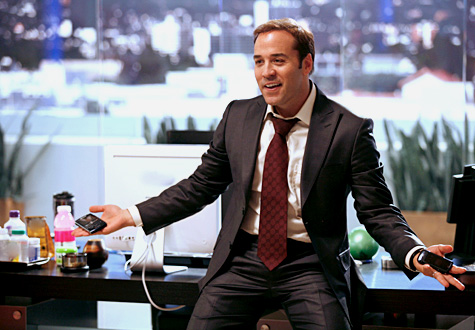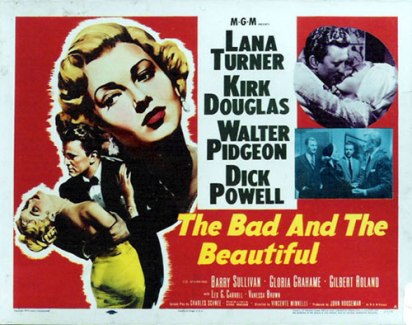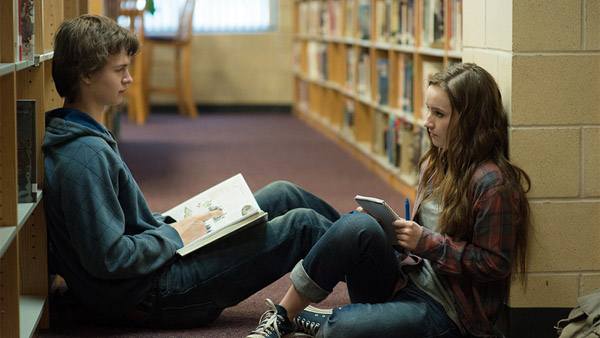
Character Relationships:
Families Who Get Along and Those Who Don’t
By Susan Kouguell
Conveying your characters’ dynamics and their layered and complex relationships is an essential element when writing a savvy screenplay. Characters with specific opinions, attitudes and points of view, and what they need and want from their relationships, will give your screenplay the necessary depth to grab the attention of film industry folks.
Characters’ wants, needs and goals can motivate them to seek help from one character for advice and assistance, or slyly befriend another character to achieve a goal. Relationships can be judgmental or nonjudgmental, one character can hold the other accountable for his or her actions, or assist the other through a challenging time.
The opening night film of the recent 2015 ReelAbilities: NY Disabilities Film Festival The Finishers (directed by Nils Tavernier, screenplay by Nils Tavernier, Laurent Bertoni and Pierre Leyssieux), is a drama, centering on a father and son relationship. The film was inspired by the true story of Team Hoyt — Dick Hoyt and his son Rick Hoyt (with cerebral palsy), the Massachusetts father and son duo, who competed in dozens of races from 1977-2014.
At 17 years old, Julien has a great sense of humor, bags of charm, and cerebral palsy. In a bid to bond with his father, Julien challenges him to participate with him in the Ironman race in Nice, France, a triathlon in which his father has previously competed. Doing the race alone is an incredible challenge, but completing it together with Julien would be nearly impossible. Still, his father agrees and the two set out to train for and compete in one of the most intense races on earth. Beyond the sporting exploit, this is the story of one family’s exemplary journey, and a moving portrait of the love between a father and his son.
While a story about the triumph of this father and son team, the plot of The Finishersalso reveals the challenges of Julien’s mother, Claire, who has been Julien’s primary caregiver due to husband Paul’s emotional and (work-related) physical absence. An interesting triangulated relationship emerges when Julien, who is about to turn 18, finds himself in the middle of this shifting mother/son/father and father/son/mother relationship.








